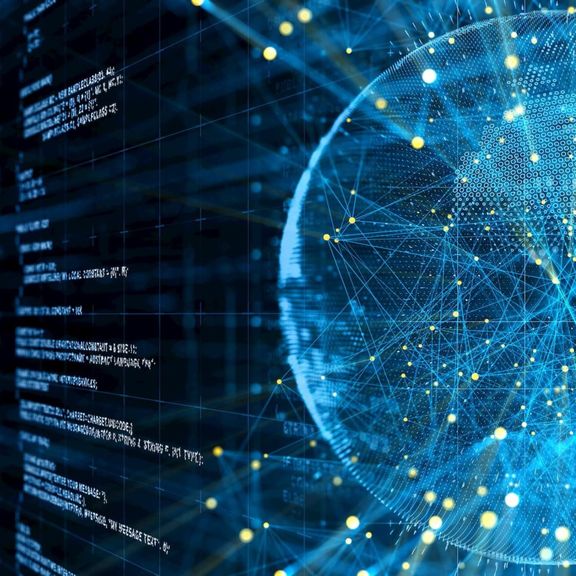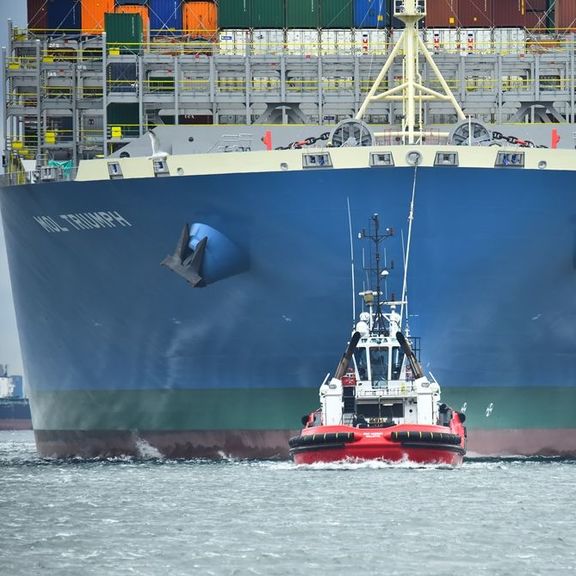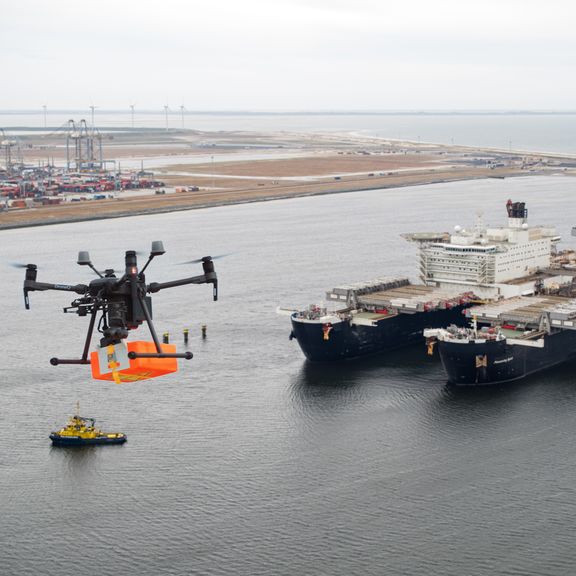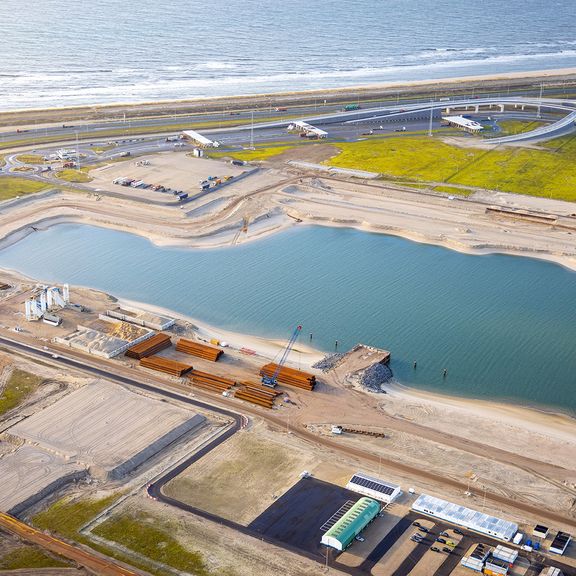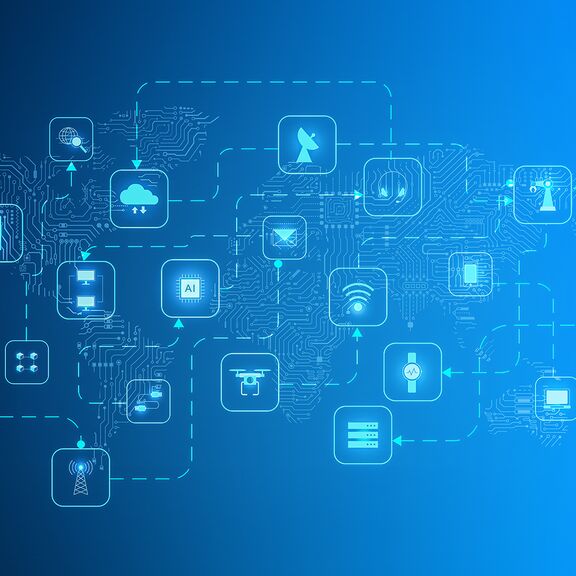
Artificial Intelligence in the port
Behind the traditional port scene of actual vessels, freight and cranes, we are building a digital version of the port. A digital port with smart infrastructure is necessary to fully utilise the potential of artificial intelligence (AI). That is how we are preparing for a future where we can welcome autonomous and intelligent logistics modalities.
We do this based on 4 themes.
Strategic port planning
Understanding what the future might look like is important so that the Port of Rotterdam Authority can respond accordingly. What investments are needed to attract new freight flows and business? What infrastructure is needed? Or which legal scope (also in environmental terms)? What should be adjusted? Using future scenarios, throughput and shipping forecasts, we develop data models that contribute to this decision-making.
Nautical Safety
Through our Future Vessel Tracking System (VTS), we constantly monitor vessel traffic. Not only the vessels, but also the drones flying over our area are monitored 24/7. There is a lot of data available for this and we are constantly looking for insights that ensure we can detect and address potentially dangerous situations faster. Consider, for example, predicting the wind at specific locations in the port.
Asset Life Cycle
The port is equipped with a large number of sensors. They form the basis for making the physical infrastructure and assets smarter. All data are merged and any outliers are detected. This allows us to optimise our designs, predict when we can best carry out maintenance and see whether vessels are safely moored at a quay. We also inspect our landside assets (such as roads and traffic signs) through camera images and use computer vision models to recognise which assets are in need of maintenance.
Operations Optimisation
The port can accommodate the world's deepest vessels, but that makes great demands on the physical infrastructure. For example, the harbour must be dredged on time. Data optimisation allows us to deploy sounding vessels efficiently: we sound only where necessary and sail along an optimal route.
Virtual Energy System
The “Virtual Energy System” project aims to create a more sustainable, reliable, and competitive energy system by developing a simulation model that visualizes and measures sustainable energy solutions within energy clusters. This AI-powered model, enhanced by qualitative data, allows stakeholders to see the potential impact of various strategies, leading to better decision-making. The prototype developed under this project provides real-time insights into energy flows and metrics for sustainability, reliability, and competitiveness. By simulating different scenarios, the model helps identify effective actions for achieving the port’s ambition of becoming the most sustainable port in the world, thereby contributing to the greening of industry and logistics while improving the quality of the living environment.
AT THE PORT WE WORK WITH AI
More information? Contact:

